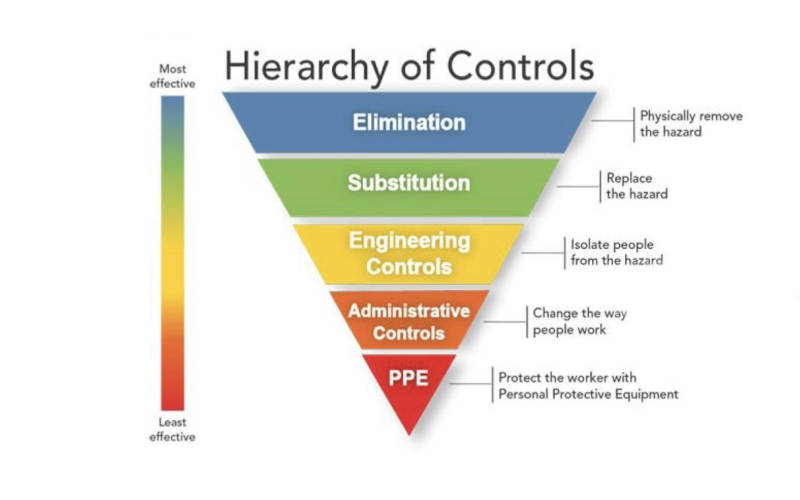Failure to perform proper mechanical or electrical lockout/tagout (LOTO) can lead to electrocution, electrical shock, arc-flash, and other hazards.

Failure to perform proper mechanical or electrical lockout/tagout (LOTO) can lead to electrocution, electrical shock, arc-flash, and other hazards. In addition to huge penalties by OSHA for non-compliance, these hazards often result in lost time wages, compensation claims, permanent disability, and fatalities. One of the highest risk factors involved in these incidents is human error, which is where permanent electrical safety devices (PESDs) can help ensure protection for people working around hazardous energy.
LED presence of voltage indication
PESDs voltage indicators provide a consistent reliable presence of voltage indication with their LED lights. When the equipment connected to the indicator is turned off, the LED lights go out as well. However, it should be noted that this indication is not a compliant method for verifying absence of voltage. For that, qualified personnel must perform an absence of voltage test, which can be safely conducted using our Safe-Test Point and Voltage Test Station.
Voltage indicators aim to assist in behavior around live voltage. This is why our voltage indicators provide a visual representation of energy presence to mitigate these risks. Voltage indicator PESDs are self-powered, UL listed, and permanently installed devices that visually represent the presence of voltage with flashing or non-flashing, redundant LED lights.
Typically hardwired to the load side of an electrical feeder or a disconnect switch, voltage indicators illuminate whenever hazardous voltage is present in any individual phase. These devices, when installed by a qualified electrician, help ensure ultimate compliance to assist task qualified personnel with enhanced productivity and reduced risk while performing mechanical LOTO tasks by verifying energy presence.
Safer absence of voltage testing
The Voltage Test Station (VTS) combines our Safe-Test Point with a voltage indicator conveniently placed within a protective housing. The VTS test point jacks allow measurement of AC/DC voltages either phase to phase or phase to ground. The R-3W Series voltage indicators with either flashing or non-flashing LEDs visually represent the presence of voltage. Following facility safety procedures, insert the insulated meter probes with .080” tips into any two test point jacks to take a voltage reading with properly rated test equipment.
The VTS can be hardwired directly to energy sources allowing for visual verification of de-energized voltage and measurement of ac/dc voltage either phase-to-phase or phase-to-ground through a meter test. This combination unit allows both PESDs within the protective housing to be connected to the same source providing a redundancy check for additional safety.
This absence of voltage testing PESD empowers qualified personnel to go beyond the minimum compliance set forth by the NFPA 70E and OSHA standards. The verification of voltage presence is illuminated by LED lights with the built-in voltage indicator, while the absence of voltage testing component, the safe-test point, provides the ability to perform a test with their trusted metered devices.
This was originally published on Grace Technologies website. Grace Technologies is a CFE Media and Technology content partner.



